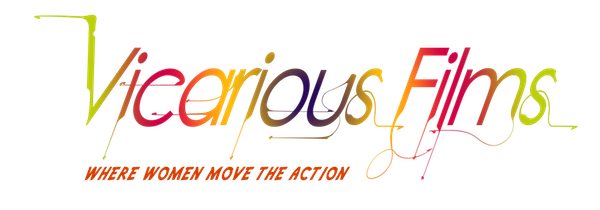Have you seen our Project page for Use Me Up? Here are the notes the film’s director wrote about the genesis and theory behind the piece – enjoy!
Use Me Up is a movie intentionally shot from the Female Gaze; but what does that mean, exactly?
There is quite a bit of literature about moviemaking and the “Male Gaze” but when I looked for a definition of what a counterpoint “Female Gaze” might be, I found very little. What I did find was divided into two camps: either a movie shot by females (director and DP, possibly producer and writer as well) would automatically qualify as being shot from the Female Gaze, or the movie industry has institutionalized the Male Gaze as the proper technique for shooting a movie, and therefore the Female Gaze must be a conscious reversal of this “conventional wisdom.”
The education I had received in moviemaking seemed to me to support the latter theory, and so I did some research on what models or techniques might help to bring about this reversal. I found remarkably little information but did come across mention of a course taught by Rebecca Ormond at Webster University, during which she and her students consciously created a movie from the Female Gaze. I contacted her and she was kind enough to share her materials with me, the most extensive I had thus found.
Using her model as a jumping off point and working within our budget constraints, I settled on a few simple rules to cinematically empower the female characters on the screen. They were:
1) women would be shot with the camera looking up at them, men shot with the camera looking down
2) the lighting would reverse the traditional Hollywood convention of bathing the women in lighting that softened all the lines and planes on their faces, while the men are lit in a way that highlights the planes and angles of their faces, sometimes leaving parts of their faces in shadow
3) close-ups of men would be shot in a “clean” frame (they are alone in the shot), where the camera appears to gaze directly at them, whereas women’s close-ups would be shot in a “dirty” frame, where the camera appears to be unable to gaze directly on them, but must catch glimpses from behind and around other people
4) everyone involved in the making of the film and the shaping of it would be female; an all-female crew, female editor, female producers and female writers
5) whenever possible, male bodies would be on display as objects of sexual desire, whereas women would be seen as those for whom the men performed
Having completed the project, we are now curious whether it is noticeable to the viewer that there is a different dynamic in play with this film. Do viewers even consciously notice a difference? Is it pleasing to the female viewer in a way traditional films are not? Does it make male viewers uncomfortable? Does the viewer feel there is something different or “off” about the film, but are unable to pinpoint what that is? With the short now being submitted to film festivals, we are eager to hear feedback from audiences on these topics and others involving the themes in Use Me Up!

Recent Comments